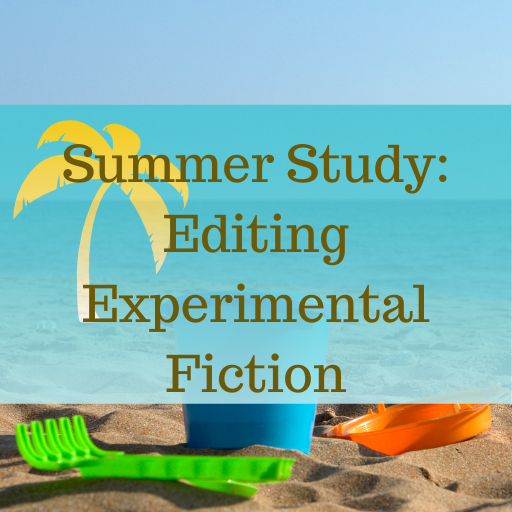How to Identify Developmental Problems
Noticing a developmental problem is only the first step in the editing process. The next step is to explain why it’s a problem for this manuscript. This second step is one that most editors skip at first (and many editors skip forever) but it’s crucial for doing an effective developmental edit.
Often, we use generic writing advice to help point us in the direction of developmental problems (“thrillers should be fast-paced!”). And there’s nothing wrong with that. We have to start somewhere.
Development Problems Are Specific
The problem comes when we try to apply a developmental editing formula to a specific manuscript. “Thrillers should be fast-paced” may be true in general, but for this specific manuscript, maybe it’s not true at all. Maybe the author is delivering a slow-burn of a psychological thriller that gets its impact from going at a slower pace and building tension over time rather than hammering the reader over the head with nonstop action. You’d be barking up the wrong tree if you insisted that the author add more car chases and exploding bombs.
A developmental editor can’t say (for example), “Romances are written in third person, so write yours in third person” if that is the whole of their argument. Yes, many romances are written in third, but that doesn’t mean this one has to be. We have to look at what the manuscript itself is telling us. Why does a third person perspective matter for this manuscript? What would it offer that first person doesn’t?
So, you must always ask (and explain) why the developmental problem you’ve identified is a problem for this manuscript.
“I just felt it wasn’t necessary” or any riff on this is not an acceptable answer.
Variations on this theme are queries like, “Please clarify this sentence” or “I don’t understand this. Please revise.” Just saying “there’s a problem” doesn’t offer enough guidance for the author. What is the actual problem that needs to be addressed? If you can find some way to explain why the sentence is unclear, that’s best: “AU: What I’m taking away from this is that all mammals are cows but I think you intended to say all cows are mammals, correct?”
Use Sentence-Level Queries to Discover DE Problems
One way to figure out what’s going wrong in a ms is to look at the recurring sentence-level problems. Of course, developmental editing is not copyediting. But you can sometimes use sentence-level problems to figure out what the developmental problems actually are.
For example, you know that one common piece of writing advice is “don’t use adverbs.” This seems like a word-choice question—why say “she walked swiftly” when you could use the more vigorous and descriptive “she ran/trotted/jogged”?
But overuse of adverbs doesn’t just mean the author needs to pick stronger verbs. It may mean that they are relying on adverbs to tell the reader how to read the story instead of showing what’s happening (including the emotion) through action and dialogue.
In other words, someone who uses adverbs to describe every action (“he said kindly”) has a CE problem (overuse of adverbs) but that’s not why we care. As DEs we care about this because it’s likely that the author is having trouble conveying emotion effectively. That shows up at the sentence-level but it’s a scene/chapter problem: Has the scene been staged in a way that most effectively conveys emotion? It may also be a concept problem: Are the stakes high enough for us to care? Or a character problem: Do we understand that character’s goals and motivations enough to understand how we should be feeling about any particular event or conversation?
In other words, we’re not trying to do CE as CE but to look at the CE issues as potential symptoms of much larger DE issues.
If you ask yourself why the problem is a problem for this manuscript, you’re much more likely to get to the heart of the matter.
Join the Club!
New to story editing? Begin at the beginning.








